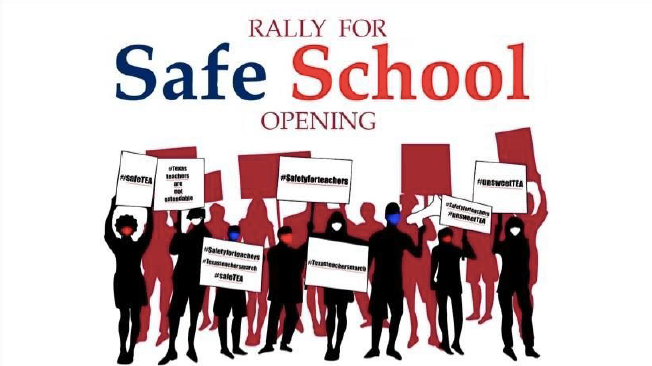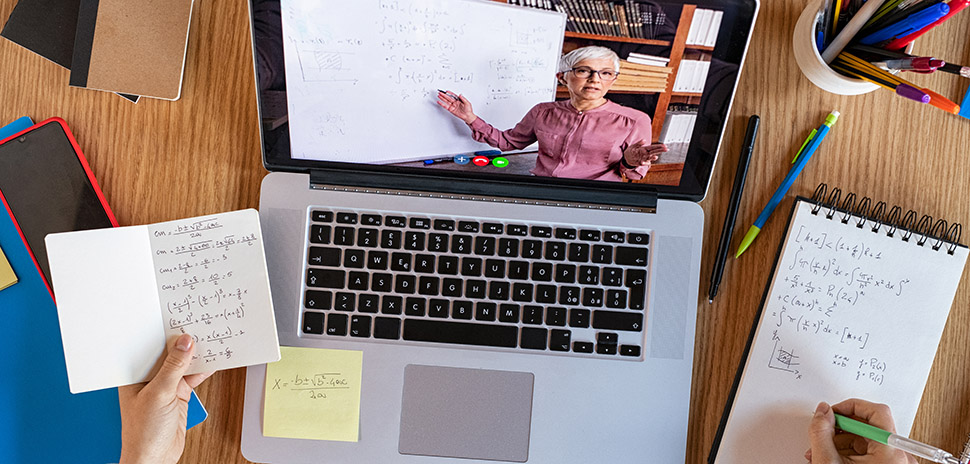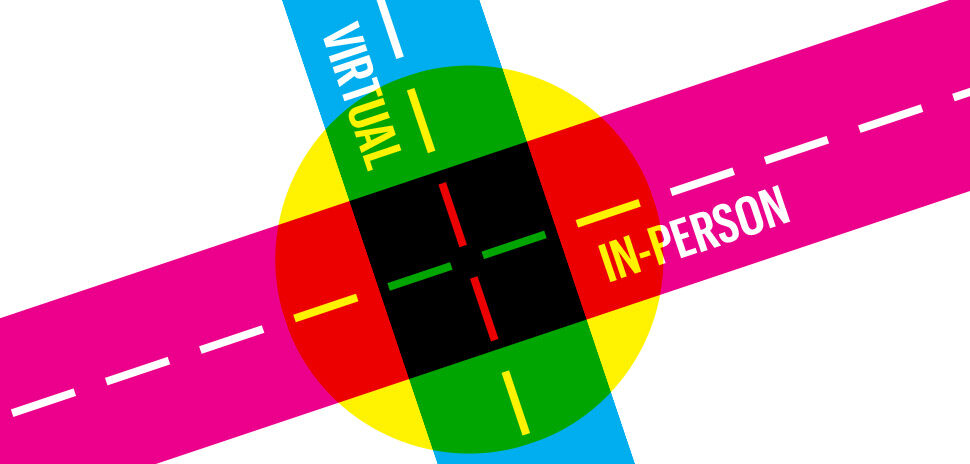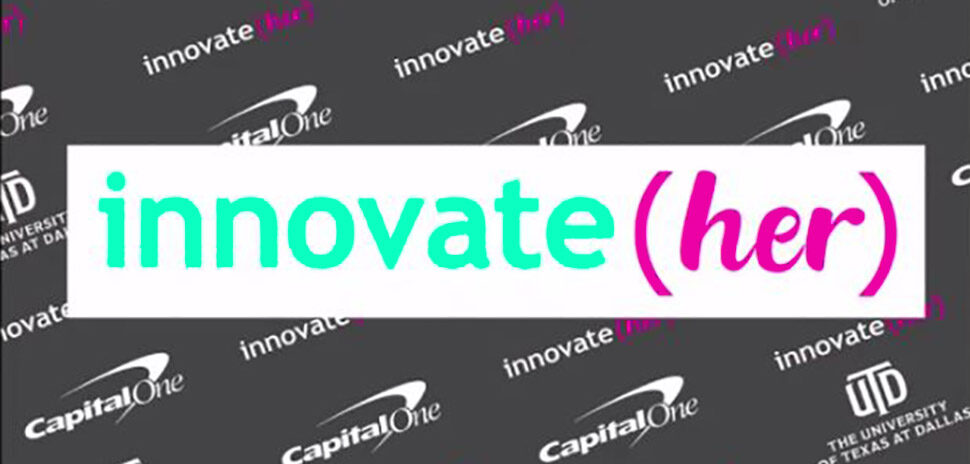Now that the school year has begun in Texas, many public school teachers are back to work in their physical classrooms on campus, while others have adopted innovative “hybrid” models involving distance learning and virtual classrooms. Due to the ongoing COVID-19 pandemic, the K-12 school “classroom” experience is being reinvented by teachers and administrators who are working together in new and innovative ways that none of us could have ever prepared for.
For this piece, I spoke with K-12 public school teachers in Dallas-Fort Worth, some of whom are teaching from home, while others are teaching on campus with heavily adapted schedules and health safety protocols in place. This comes in the wake of the July 18th teachers protest at the Texas Education Agency in Austin, which called for a safe school re-opening and teacher safety with hashtags such as “#SafetyForTeachers” and, my personal favorite, “#unsweetTEA.” Since the protest in Austin, I have been engaging with teachers in an effort to make sure their voices and ideas are heard.
Read on to learn how one DISD administrator and two area teachers are combating COVID 19 with educational innovation that they hope will slow the spread of the virus. Some interviewees’ names have been withheld per their request to remain anonymous. One interviewee was willing to go on the record, and you’ll find her interview last (they are presented here in chronological order).
Dallas ISD Administrator
About a month prior to DISD’s September 8th start date, the assistant principal I spoke with described the day-to-day situation as “messy.”
“I am sitting in meetings trying to figure it out. Administrators are required to work in person, teachers … we are not sure yet,” the DISD administrator, [who asked to remain anonymous], said. “We have too many kids and not enough room [to maintain social distancing]
The school district is figuring out technology, she said, “so [it feels like] nothing is happening.”
The administrator did offer a glimpse of hope, however, with a few “big picture” innovative ideas. “We can make it work IF we switch to a model based on a small community of learners. This is based on human social network research which I have been reading for years. My vision is to have a co-learning space model, not a [traditional] school,” the administrator emphasized. “With that model, we can change the whole dynamic and give much more freedom to students and teachers in a way that [traditional] schools just can not do. I have seen this model working at other schools [that have] mostly open space with learning pods for different activities.”
Regarding parent’s concerns, the administrator responded, “I get it … parents need their time to be alone and do what they need to do away from their kids, but maybe it does not have to mean their child is at school for forty hours a week. Maybe they can drop their child off for five to ten hours a week and still be sure that the students are learning. I have seen mom groups on Facebook that are filled with messages about mothers of K-12 students looking for independent tutors and alternatives to traditional public school.”
But, the administrator noted, “In a way, this COVID situation is the best thing. It is forcing some level of change that would have otherwise taken decades. Now it’s making people think about all these things.”
Allen ISD 9th Grade Teacher
The Allen ISD teacher, [who asked to remain anonymous], described the current state of affairs in the ISD. “In our district, [for] the first three weeks students are required to be at home. And teachers are working from their classrooms on site unless they have tested positive for COVID-19 or have been exposed to COVID-19,” the teacher said. “Yesterday a handful of teachers were sent home due to possible exposure to COVID-19.”
Asked about teaching remotely, the teacher said it “will be totally different from any crisis education which we practiced last year…I will be exclusively working with virtual learners [with] everything online. [I am] fortunate to have a large department; we are collaborating to create learning materials. And then I am also personalizing it to the student.”
Regarding parental concerns, the teacher summarized, “Students are apprehensive. Parents are apprehensive. Teachers are scared.” The teacher noted that “some of the teachers I work with (who are parents of K-12 students) are not sending their kids back in person.”
As for the specific teaching scenario, the teacher said, “I teach Social Studies, and I love my topic. Land forms, economic development, culture, religion, and human interaction with the environment.”
“All of this will hopefully make kids realize that they are the manager of their own education,” said the teacher, who expects to have some 150 students. “Sometimes you can veer off and create an education and an assignment that is personal to you. I have told my students, if you don’t connect with the material, see if you can come up with something on your own and we can discuss it.”
The school has 2,000 students, and “it’s a massive group of kids,” according to the teacher.
About how the school plans to start things off, the teacher said, “The first two days will be on rules, regulations, and flow. We’ll be prepping them with guidelines for in-person and virtual classroom scenarios. Every teacher will be doing that.”
The first day of class will be the third day of school, according to the teacher. “[I want to] get to know the kids on an individual level and have it all virtual with no papers, and no touching. [It] looks like we are using Zoom and may have the option of Google Meet, the teacher said. “But we are not sure and things are changing by the hour. Students return virtually this Wednesday. We will have virtual presentations. I will do a “get to know you” exercise virtually.”
The teacher added, “Within my topic, it’s important to connect and trust each other. We discuss politics, religion, and so I want them to be comfortable talking about things that are personal to them. I am a big proponent of projects where I teach them a little bit, and then they create and own it from there so that they own their learning.”
Lewisville ISD Middle School Teacher: Cynthia Rodriguez
Even more recently, I got the chance to interview Cynthia Rodriguez, who (virtually) teaches the 6th, 7th, and 8th grade English Language Arts & Reading for the Gifted & Talented program in the Lewisville ISD. Amidst her first week back at school, we talked about safety. Rodriguez said she’s maintaining student safety in various ways while teaching virtually.
“I am actually a 100 percent virtual teacher,” she said. “I volunteered to do so since I do not have as many obligations to consider in my daily routine/schedule..
Rodriguez said she’s already had “extensive experience with the use of technology with students.” She noted her safety concerns as a virtual teacher are “safe and supportive interactions while we are communicating online via WebEx live, chat, class discussions through Canvas, peer review, etc.”
The teacher says she educates, models, and continues to remind her students of ways to “communicate effectively and honestly, but with respect and kindness.” That’s an area she monitors to provide feedback and correction where necessary, she added.
Regarding her students who are all tuning into the virtual classroom from home, she said, “Since students are isolated at home, I am concerned about their emotional and social well-being. To address this, I provide opportunities to collaborate virtually whether live or through technology. The text that I provide and offer for them to read is designed to enhance critical thinking and spark thoughtful conversation digitally. I also try to be very available many hours (before and after) to be their safe person in case they need support, help, or just someone to communicate with.”
To my surprise, she also is going out of her way to consider self-care for her students. To that end, she said, “…one other big concern that I have is the amount of screen time and sitting that our students will be doing during their virtual learning experience. To help with this I provide articles and advice on how to take care of themselves including getting up and creating a daily schedule to check off including breaks for physical activity and off-line experiences.”
Rodriguez discussed the innovative ways in which she has adapted her classroom to the pandemic lifestyle. “I’ve had to really adapt to provide opportunities for students to communicate and collaborate without being ‘in person’ with each other,” she said. “We do this through live meetings, discussions through chat, and discussion boards. Plus, I am readily available many more hours than I was before since students are working at different times and need help with lessons or technology. One of my biggest challenges that I am still working through since we just started the new school year, is helping those students who are having a hard time keeping up on their own. When we met face to face every day, this was simpler. I would meet with them and give individual help, etc. [The students] need our individual help and attention so much more than even before! I am doing this through our Webex – [My students and I] just hop on a video call or they send screenshots through the chat feature. And, as you can imagine, I get many, many more emails than before.”
Rodriguez’s commitment to her students was evident when she concluded, “I just want to make sure that every student understands that I am here for them—even with the distance—and that they are not expected to do this alone.”
Rodriguez listed some of the digital tools that have been helpful in her teaching world, and there were many involved. A few key tools include WebEx meeting and teams; Google apps (so many); and Canvas (used district wide allowing for “terrific organization, communication, assignments that offer voice or media responses, collaboration”).
A Way Forward
While the current challenges faced by K-12 public schools are putting our communities between a rock and a hard place, the innovations of our teachers and administrators will potentially give us a way out, and a way forward. I hope to continue sharing innovations from the classroom, and invite you to share your classroom innovation stories with me, so that I may continue to inspire educators around the country. (To share a story, please contact me anytime via Instagram or Twitter using my handle @ChicagoGupta).
Views and opinions expressed by Voices contributors are their own.
![]()
Get on the list.
Dallas Innovates, every day.
Sign up to keep your eye on what’s new and next in Dallas-Fort Worth, every day.
































